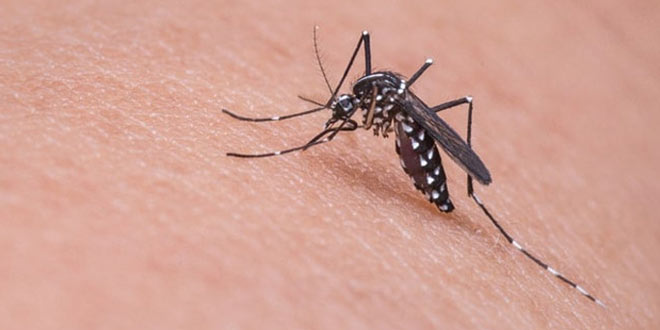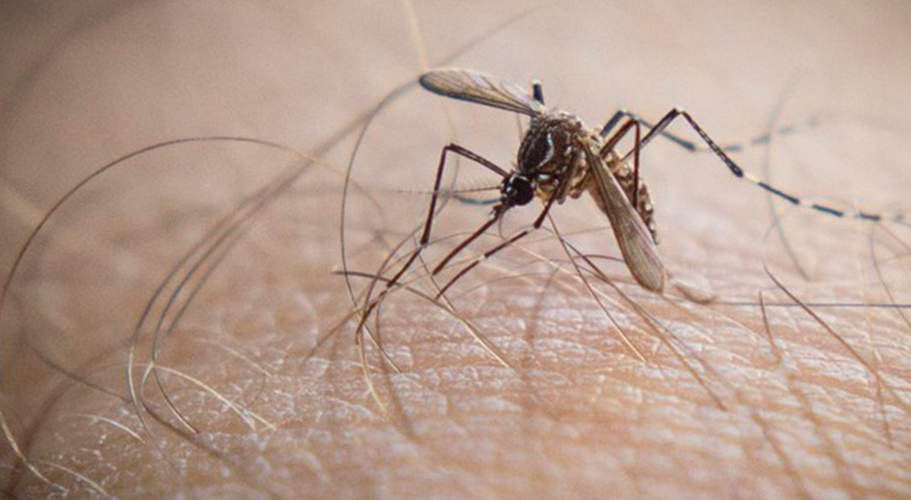
How Climate Change Is Spreading Malaria in Africa
Malaria is a mosquito-borne disease that is prevalent in many parts of the world, with Africa being the most affected continent. According to the World Health Organization (WHO), Africa accounts for 90% of malaria cases and deaths globally. Climate change, on the other hand, is a phenomenon that is causing changes in weather patterns, rising temperatures, and extreme weather events. The impact of climate change on the environment is well documented, but its impact on public health, especially malaria, is becoming increasingly evident.
This article explores how climate change is exacerbating the spread of malaria in Africa and is a major public health concern.
Background on Malaria in Africa
Malaria has been a significant public health challenge in Africa for centuries. According to the WHO, in 2019, there were an estimated 229 million cases of malaria worldwide, with Africa accounting for 215 million cases. Malaria is caused by the Plasmodium parasite, which is transmitted to humans through the bite of infected female Anopheles mosquitoes. The prevalence and incidence rates of malaria in Africa vary from country to country, with some countries reporting higher rates than others. For instance, Nigeria, the Democratic Republic of Congo, and Uganda account for more than 50% of malaria cases in Africa.
Several factors contribute to the spread of malaria in Africa, including poor living conditions, poverty, inadequate health systems, and weak vector control programs. Malaria is a disease of poverty, and people living in poor communities are more likely to be exposed to malaria transmission due to their living conditions. The lack of access to basic health services and inadequate vector control programs exacerbate the problem, leading to high morbidity and mortality rates.
The Connection between Climate Change and Malaria
Climate change is having a significant impact on Africa, and one of its most visible effects is the exacerbation of the spread of malaria. Rising temperatures and extreme weather events are creating favorable conditions for the survival and reproduction of mosquitoes, which are the primary vectors of malaria. The following are some of the ways in which climate change is impacting malaria transmission in Africa:
Overview of how climate change is impacting Africa
Climate change is causing changes in weather patterns, rising temperatures, and extreme weather events such as floods and droughts. These changes are affecting the environment, agriculture, and water resources, which are critical determinants of malaria transmission in Africa.
The relationship between temperature and malaria transmission
Temperature is a critical factor in the transmission of malaria, and rising temperatures are making it easier for mosquitoes to survive and reproduce. Studies have shown that a 1°C increase in temperature can increase the transmission of malaria by up to 5%. The warmer temperatures also shorten the mosquito's incubation period, which means that they can transmit the disease more quickly.
The impact of rainfall and flooding on malaria transmission
Rainfall is another critical factor in the transmission of malaria, as it provides breeding sites for mosquitoes. Climate change is causing changes in rainfall patterns, with some areas experiencing more prolonged and intense rainfall, while others are experiencing prolonged droughts. This variability in rainfall patterns is leading to an increase in the number of breeding sites for mosquitoes, especially in areas with poor drainage systems. Flooding is also becoming more common due to climate change, and it creates ideal conditions for mosquitoes to breed and spread malaria.
The effects of climate change on the distribution and behavior of mosquitoes
Climate change is also causing changes in the distribution and behavior of mosquitoes. Mosquitoes are expanding their range, moving into new areas that were previously unsuitable for their survival. They are also adapting to the changing environment, becoming more aggressive and biting more frequently. These changes in mosquito behavior are making it more challenging to control malaria transmission.
Case Studies on the Spread of Malaria in Africa due to Climate Change
Case study 1: Ethiopia
Ethiopia is one of the countries in Africa that is highly affected by malaria, with an estimated 3.5 million cases reported annually. The country is also vulnerable to climate change, with changing rainfall patterns and increasing temperatures. A study conducted in Ethiopia showed that areas with high temperatures and rainfall variability were more likely to have high malaria transmission rates. The study also found that climate change is likely to increase the burden of malaria in Ethiopia, especially in high-risk areas.
Case study 2: Uganda
Uganda is another country in Africa that is highly affected by malaria. A study conducted in Uganda showed that climate change is likely to increase the burden of malaria in the country. The study found that the number of malaria cases in Uganda could increase by up to 60% by 2050 due to climate change. The study also highlighted the need for adaptation measures such as improved vector control, early diagnosis, and treatment to mitigate the impact of climate change on malaria transmission.
Case study 3: Nigeria
Nigeria is one of the countries with the highest burden of malaria in Africa, accounting for more than 25% of malaria cases in the world. A study conducted in Nigeria showed that climate change is likely to increase the spread of malaria in the country. The study found that rising temperatures and rainfall variability would increase the transmission of malaria in Nigeria, especially in areas with high population density and poor sanitation. The study recommended the use of adaptive measures such as improved vector control, early diagnosis, and treatment to mitigate the impact of climate change on malaria transmission.
Health Impacts of Malaria in Africa
Malaria has both short-term and long-term health effects on individuals and communities. In the short term, malaria causes fever, headache, chills, and fatigue, which can lead to hospitalization and death if not treated promptly. In children, malaria can lead to severe anemia, respiratory distress, and cerebral malaria, which can result in long-term neurological damage or death. In pregnant women, malaria can lead to complications such as preterm delivery, low birth weight, and stillbirths.
In the long term, malaria can have significant economic impacts on individuals and communities. People who suffer from recurrent malaria infections may experience long-term health effects such as cognitive impairment, reduced productivity, and increased healthcare costs. Communities that are affected by malaria may also suffer economic losses due to the high cost of treatment and loss of productivity.
Prevention and Control Measures for Malaria in Africa
Several prevention and control measures can be used to mitigate the impact of climate change on the spread of malaria in Africa. These measures include:
Vector control measures - Vector control measures such as insecticide-treated bed nets, indoor residual spraying, and larval source management can help reduce the transmission of malaria. These measures target the mosquito's breeding sites and their ability to transmit the disease.
Use of bed nets and insecticides - The use of insecticide-treated bed nets can prevent mosquito bites and reduce the transmission of malaria. Indoor residual spraying with insecticides can also kill mosquitoes and reduce their ability to transmit the disease.
Use of vaccines - Several malaria vaccines are currently in development, and they show promising results in preventing malaria infections. The use of vaccines can be an effective strategy for preventing malaria in high-risk populations.
Conclusion
Climate change is exacerbating the spread of malaria in Africa and is a significant public health concern. Rising temperatures, changing rainfall patterns, and the distribution and behavior of mosquitoes are contributing to the increase in malaria transmission in many parts of Africa. This has significant health and economic impacts on individuals and communities, particularly in countries with limited resources.
Visit DocMode for Courses and lectures











